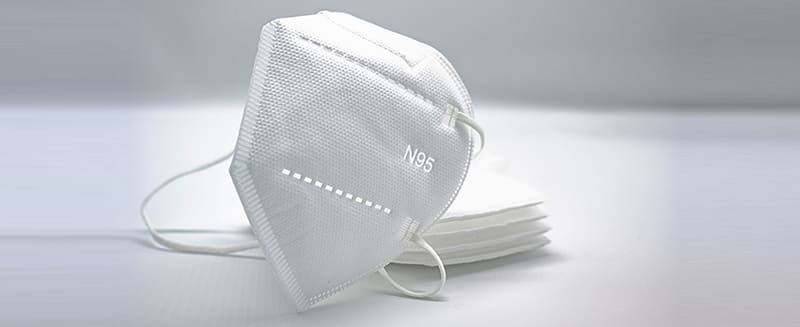Surgical Mask vs N95 Mask: Understanding the Difference and Their Uses

In the battle against infectious diseases, masks play a critical role in protecting individuals and preventing the spread of airborne particles. Two commonly mentioned masks are the surgical mask and the N95 mask. This article aims to shed light on the differences between these two types of masks, their unique features, and their specific applications.
Surgical Masks:
Surgical masks, also known as medical masks or procedure masks, are loose-fitting masks that cover the nose, mouth, and chin. They are primarily designed to protect the patient from the wearer's respiratory droplets, reducing the risk of contamination during medical procedures. Surgical masks are also effective in preventing large particle droplets from reaching the wearer's mouth and nose.
Key Features of Surgical Masks:
1、Material: Surgical masks are typically made of multiple layers of non-woven fabric, often with a melt-blown filtration layer.
2、Fit and Design: They are designed to provide a loose fit and are secured with ear loops or ties.
3、Filtration Efficiency: Surgical masks have varying levels of filtration efficiency, depending on the specific type and construction. They are effective in blocking larger particles but have limited efficacy against smaller particles and airborne pathogens.

N95 Masks:
N95 masks are a type of respirator that offers a higher level of respiratory protection. They are designed to filter out at least 95% of airborne particles, including both large droplets and smaller particles. N95 masks are commonly used in healthcare settings and industries where exposure to hazardous airborne particles is a concern.
Key Features of N95 Masks:
1、Material and Filtration: N95 masks are made of multiple layers of electrostatically charged polypropylene fibers. They incorporate a specialized filtration media known as a N95 filter, which provides high filtration efficiency for both large and small particles.
2、Fit and Design: N95 masks are designed to achieve a close facial fit, forming a tight seal to prevent leakage around the edges. They are available in different sizes and shapes to accommodate various face sizes.
3、Respiratory Protection: N95 masks offer a higher level of respiratory protection compared to surgical masks. They are effective in filtering out airborne particles, including viruses, bacteria, and other hazardous substances.

Applications and Considerations:
Surgical masks are commonly used in healthcare settings, including hospitals, clinics, and dental offices. They are also suitable for everyday use in public settings, such as during flu seasons or in areas with high population density. Surgical masks provide a basic level of protection for the wearer and those around them.
N95 masks, on the other hand, are recommended for healthcare professionals, first responders, and individuals working in high-risk environments where exposure to airborne particles is likely. They are more effective in filtering out small particles and providing respiratory protection against infectious diseases, such as tuberculosis, COVID-19, and airborne pollutants.
Conclusion:
Both surgical masks and N95 masks have their unique roles and applications in preventing the spread of infectious diseases. While surgical masks provide a level of protection for the wearer and those around them, N95 masks offer a higher level of respiratory protection and are essential for individuals in high-risk environments. Understanding the differences between these two masks enables individuals and healthcare professionals to make informed decisions based on their specific needs and circumstances, contributing to a safer and healthier environment for all.










